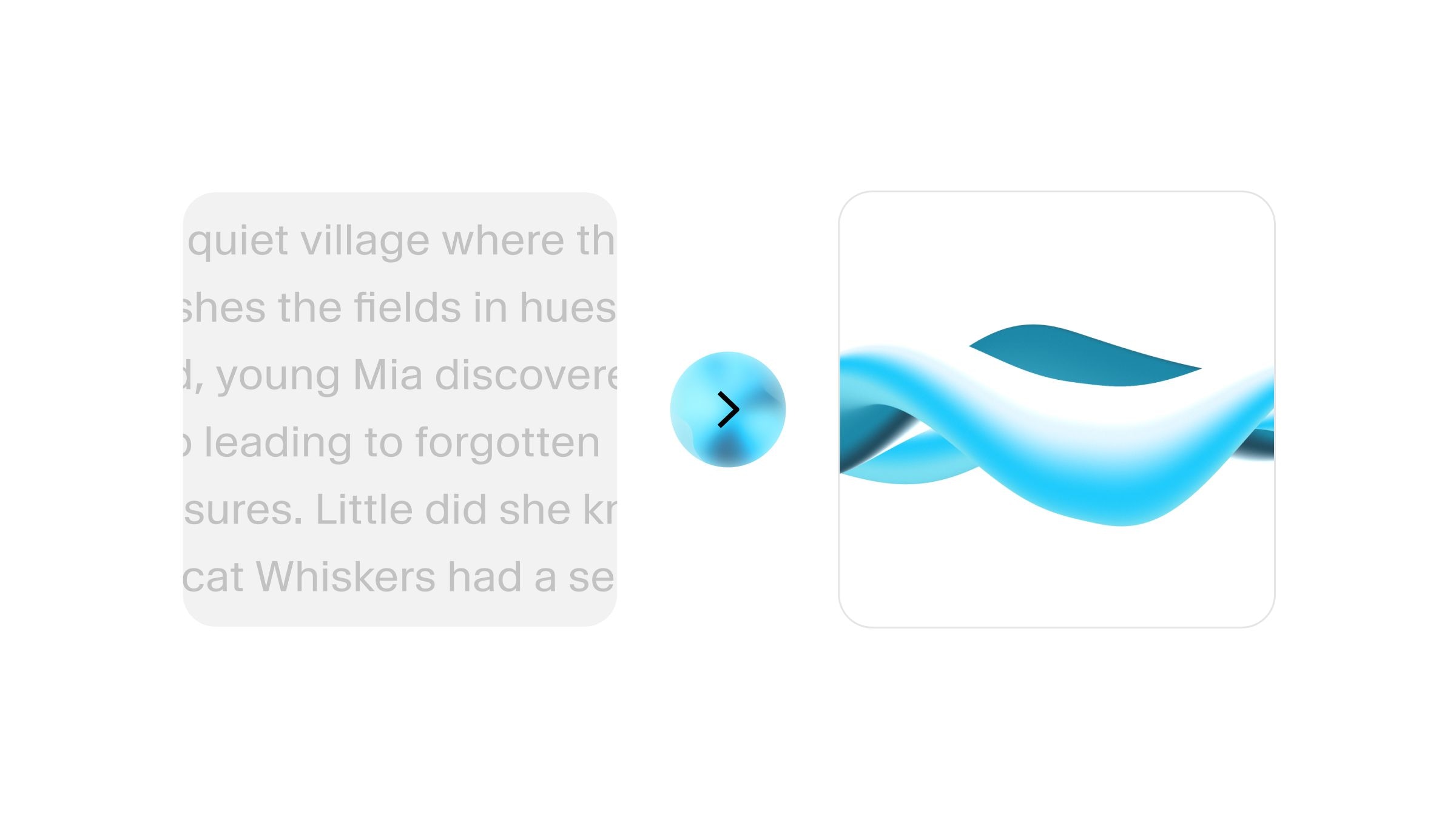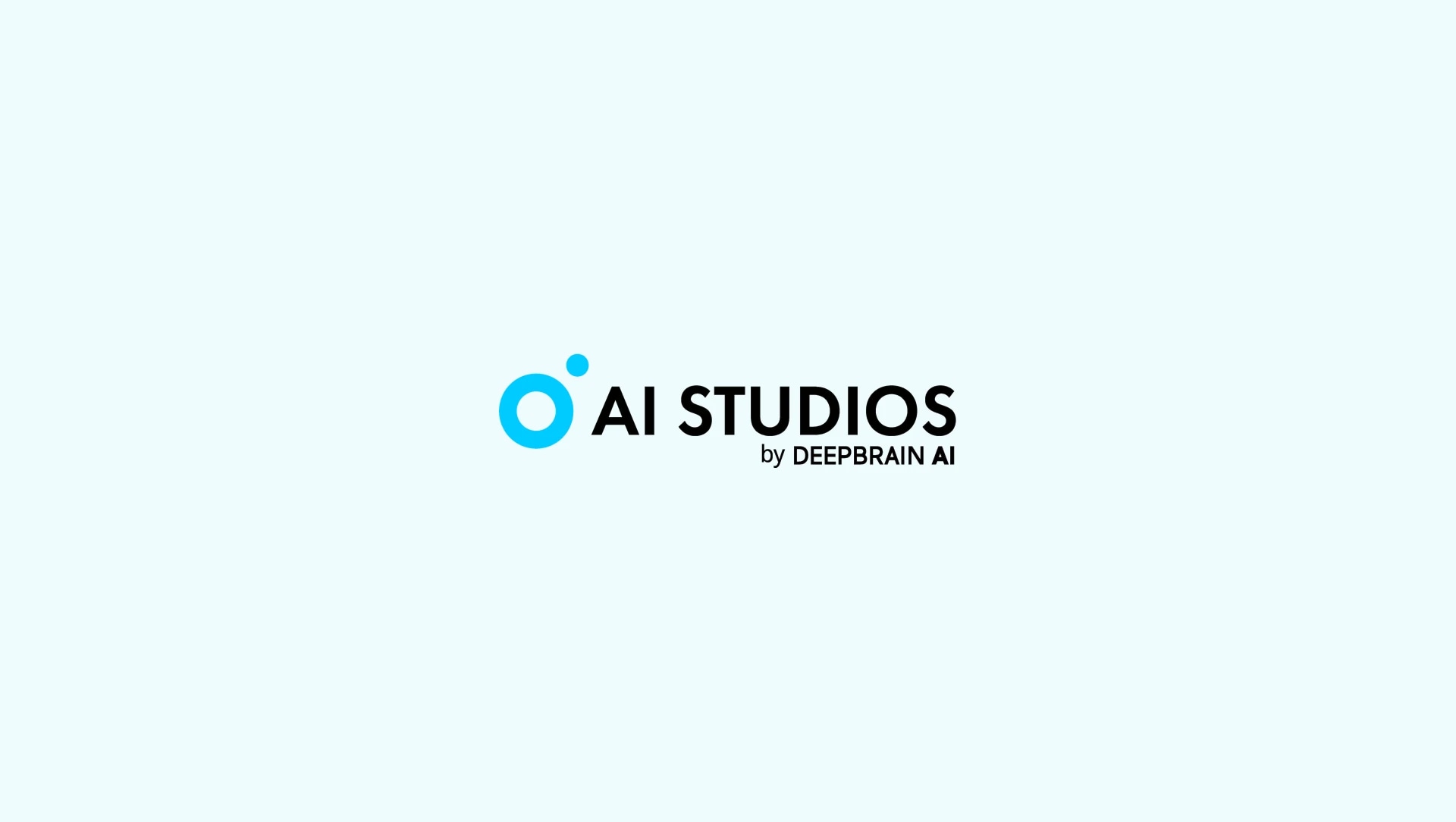It can't be denied that people with disabilities face a myriad of challenges regarding digital accessibility. However, rapid advancements in artificial intelligence are giving rise to smart tools that can benefit people with restrictions, content creators, and society as a whole.
Every year, AI technology continues transforming the digital sphere and can be implemented to improve accessibility. AI technology, like machine learning algorithms and natural language processing, has also advanced tremendously, leading to the rise of innovative solutions and enabling users of different abilities to enjoy the digital realm.
Let's explore these tools in more detail.
Text to speech tools and screen readers
To make content more accessible for visually impaired people, tools like text to speech converters and screen readers can provide much-needed visual assistance.
Text to speech tools
Advanced text-to-speech and AI voice generation solutions like ElevenLabs can significantly assist those with visual impairments. Whether you need to convert a piece of text to natural-sounding speech, narrate an audiobook, or dub a video into a different language, ElevenLabs is a multifunctional tool for all text-to-speech purposes.
Screen readers
In addition to text-to-speech tools, visually impaired people frequently rely on screen readers for website navigation.
One way to make your website more accessible for visually impaired people is to ensure it's screen reader-friendly. AI tools can assist by analyzing and adjusting reading order, ensuring appropriate use of headings, and identifying and fixing elements that screen readers might misinterpret.
Closed captions, subtitles, and speech to text
For people with hearing impairments, AI solutions like closed captions, subtitles, and speech to text converters can be very helpful.
Closed captions and subtitles
Closed captions and subtitles are easier to generate than ever. Thanks to automated captioning tools on video streaming platforms like YouTube, people with hearing impairments can now enjoy multimedia content.
Speech to text
Speech to text tools are essentially the opposite of the text-to-speech tools referred to above. AI-powered speech recognition tools like Google's Live Caption or Microsoft's Azure Speech Service can easily convert spoken dialogue into written text across various multimedia content, such as videos, podcasts, and live broadcasts.
Image recognition and video summarization
Identifying images and providing video summaries are two additional ways people with disabilities, especially visually impaired people or those with cognitive difficulties, can enjoy digital content.
Image recognition
Image alternative text descriptions aren't just crucial for search engine optimization (SEO) results. Accurate alt texts can also assist people with disabilities, especially those using screen readers. Fortunately, AI algorithms used by tools like Facebook's automatic alt text generation and Google Cloud Vision can recognize and describe image content relatively accurately.
Video summarization
Another way to improve accessibility is to use video summarization tools like Google's Video Intelligence API to generate accurate descriptions or highlight reels of longer videos. Such options not only help people with disabilities or hearing impairments but also make long-form video content more accessible for people with limited time.
Smart home devices
Smart home devices like Alexa and Google Assistant have transformed the way people live their daily lives, but did you know they can also function similarly to assistive technologies?
From smart home management, like turning appliances on and off, to ring camera tracking and answering questions, smart home devices use speech recognition and natural language to respond to various voice commands.
Accessibility goes beyond everyday tasks since smart home devices can also read content out loud, quickly find information on the web, and even translate digital content.
Natural language processing
Understanding the context and meaning of digital content is vital for accessibility. By integrating NLP into digital accessibility strategies, AI tools can offer better summaries, translations, or explanations, meeting the needs of users with various disabilities and those who speak different languages.
Personalized assistance and accessibility
Alongside general accessibility, AI technology also enables personalized assistance. Examples include adjusting reading levels and speeds, font sizes, and color schemes based on individual feedback, personalizing interfaces, providing summaries, structuring text for better comprehension, and predictive text and auto-completion.
Likewise, personalized assistants like AI-powered chatbots can also improve accessibility on online platforms and help people with various disabilities navigate websites and ask questions.
Accessibility testing
In addition to making digital content more accessible for people with disabilities, AI tools can help guide content creators and show whether their content aligns with current web content accessibility guidelines and standards.
AI tools like Axe or Google Lighthouse can scan digital documents and websites for accessibility problems, such as missing heading structures and alt text. Likewise, accessibility testing tools like Microsoft Word's Accessibility Checker can offer real-time insights and suggestions to improve accessibility.
Multilingual support
Another vital accessibility element is the availability of translations in the form of dubs and subtitles.
AI-powered tools like Google Translate or DeepL can quickly translate text into multiple languages, including transcriptions and captions.
Moreover, text-to-speech and voice generation tools like ElevenLabs can also aid multilingual accessibility by providing translations for transcription and dubbing purposes. This makes content appear more natural, and opens up content to a whole new audience of people around the globe.
Watch ElevenLab's natural dubbing in action here:




